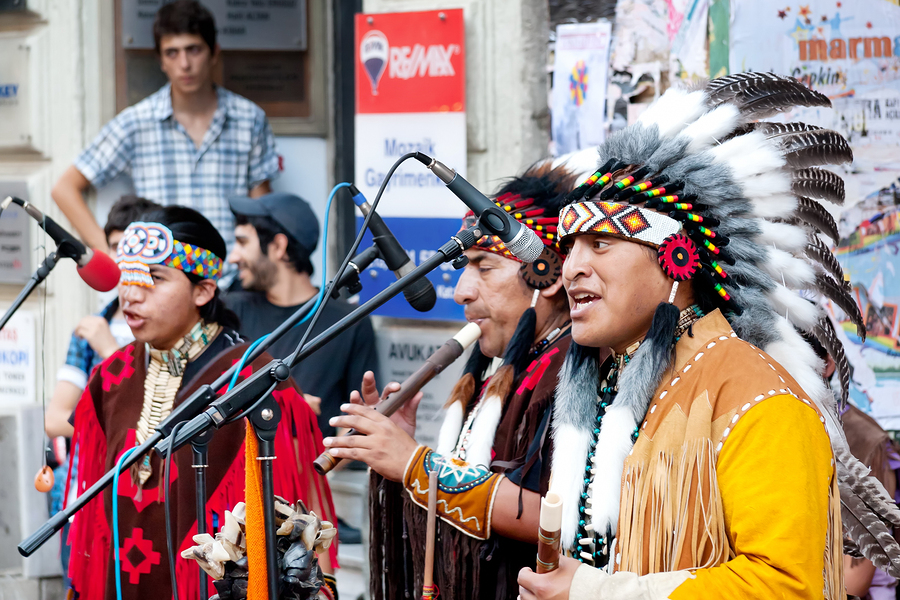
The Canadian citizenship test is administered to permanent residents who have applied for full citizenship. The test is typically composed of two parts. The first being a knowledge test that might be written or oral. The second is that the immigration officer will observe your skill in either English or French.
To learn more about the Citizenship test, please read on. However, if you don’t have a Permanent Resident Card yet, please read more about that.
Language Section
In order to become a citizen of Canada, permanent residents must first be competent in English or French.
You may have to submit evidence that your language skills have been assessed before your interview, but the immigration officer will also examine your language skills during the course of the interview.
Rights, Freedoms and Responsibilities
There are a number of rights established for citizens of Canada by the Canadian Charter of Rights and Freedoms. Below is a small sampling.
- Canadian citizens can travel throughout Canada without restriction and possess a Canadian passport for international travel.
- The Charter also establishes Canada as being a multicultural country which recognizes many different cultures within the general Canadian heritage.
- People of Canada are also entitled to a freedom of religion, thought, belief, opinion, expression, speech, press and of peaceful assembly among other basic freedoms.
Canada’s Society and Government
Canada’s government is a federal constitutional monarchy and has a democratic parliament. These are some big concepts, so for explanatory purposes we’ll define them in greater depth here.
Canada has a federal government in that it is composed of many smaller entities that govern themselves to some extent.
Canada is constitutional in that there is a document, the constitution that lays out the rules of the government in addition to certain rights people have. It is also a monarchy because the person with the ultimate authority over the government is the Queen.
A democratic parliament is a group of lawmakers who have been elected to their positions by the people of Canada. It is probably a good idea to be familiar with the members of parliament from your riding.
Canadian History
Canada’s history goes back many millennia, but here are some main points in its history:
- Aboriginal peoples were the first to populate Canada
- About 1,000 years ago, Vikings were the first European settlers of Canada
- Later, French trappers came into Canada
- Great Britain took control of all of Canada in the 17th century
- In 1867, Canada became its own country and established Canada day on July 1.
Canada’s Cultural Identity
Canada is a multicultural country. This means that even though Canada has a general cultural identity it also recognizes the sovereignty of all the other cultures which gather within it.
Canadian Geography
The geography of Canada is quite diverse and includes:
- Sub-tropical rain forests
- Tundra
- Mid-continental prairie
- Mountainous regions
- Great Lakes lowlands
The majority of Canada’s population exists in the southern part of the country. Population density becomes sparser the farther north one goes.

 Learn How US Citizens Can Move to Canada - Click Here
Learn How US Citizens Can Move to Canada - Click Here